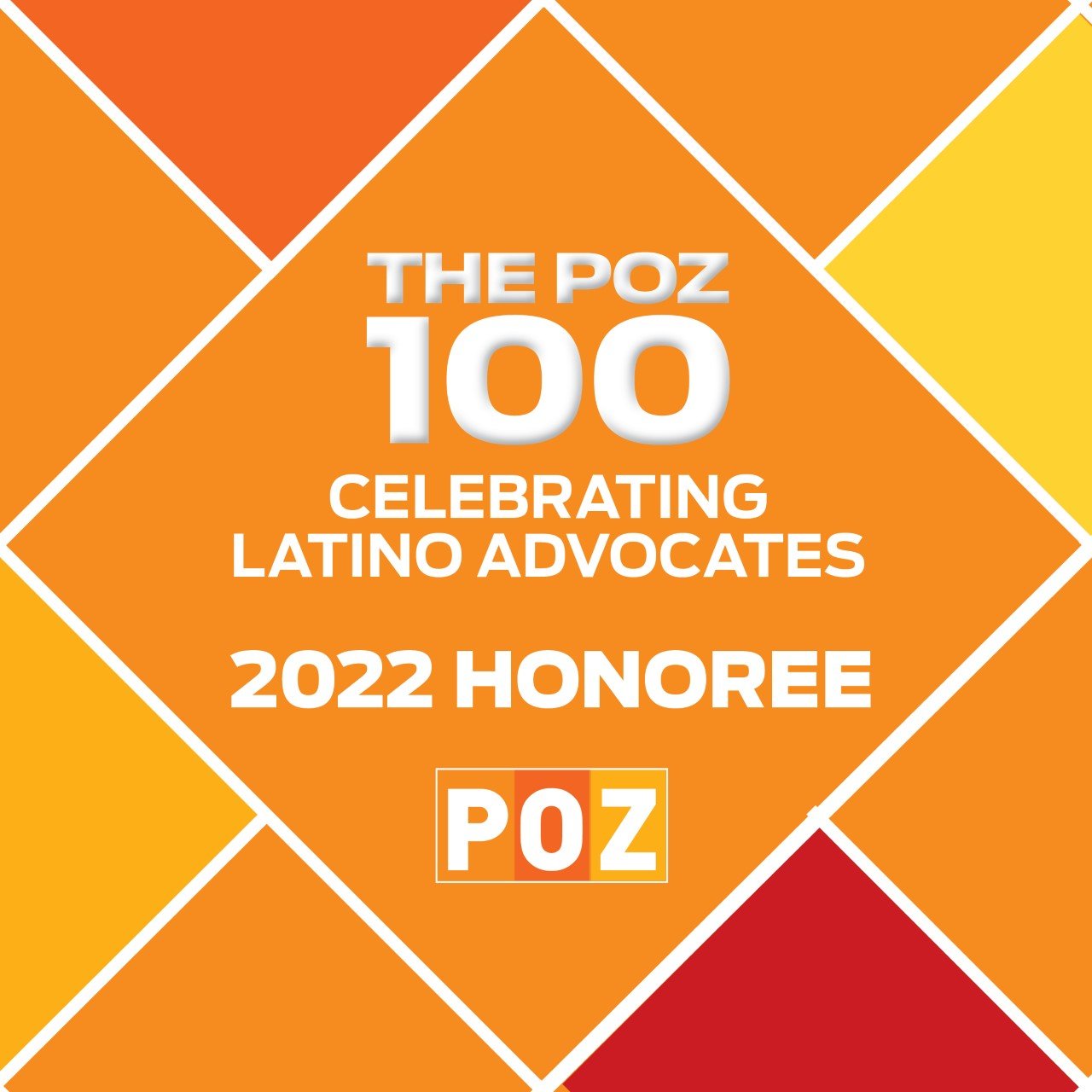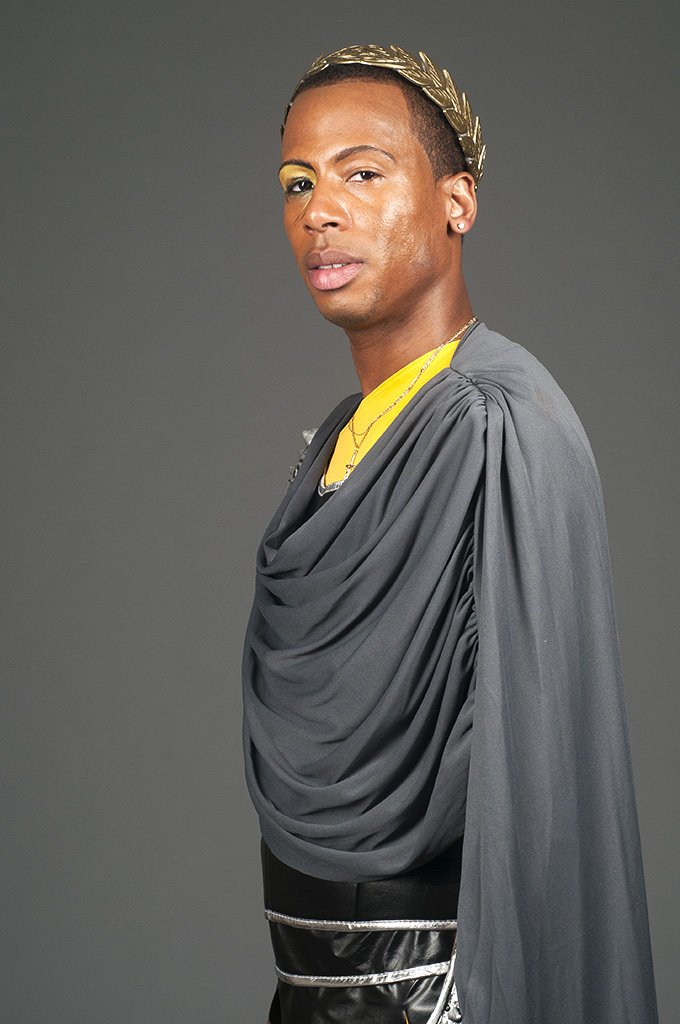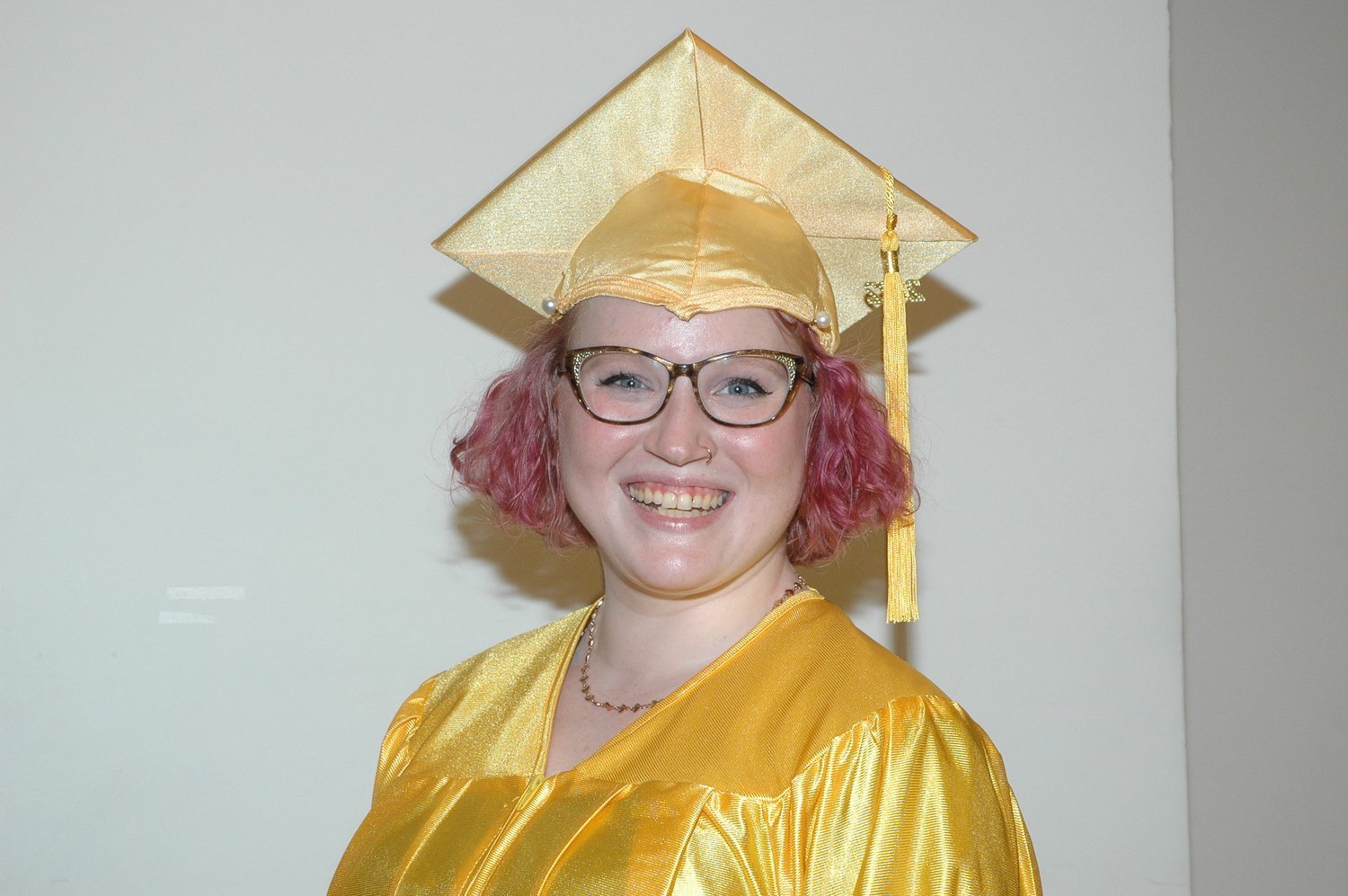(New York, N.Y.)— Alliance for Positive Change partnered with New York State Assembly Member Harvey Epstein’s office to provide an in-person training on how to identify and reverse drug overdoses by administering Naloxone. The Assembly Member and his district staff members received their Naloxone responder kits yesterday at his Avenue B office. Opioid overdose reversal medication can be used by non-medical professionals to temporarily reverse the effects of opioids, such as heroin or fentanyl, particularly in situations of overdose. The nonprofit conducts over 100 overdose prevention trainings annually for the community, corporations, local businesses, and elected officials.
The overdose crisis has become one of the most pressing issues of our time; opioid overdose is now the leading cause of accidental death in the United States, and overdose deaths reached historic highs in New York City during the ongoing COVID-19 crisis.
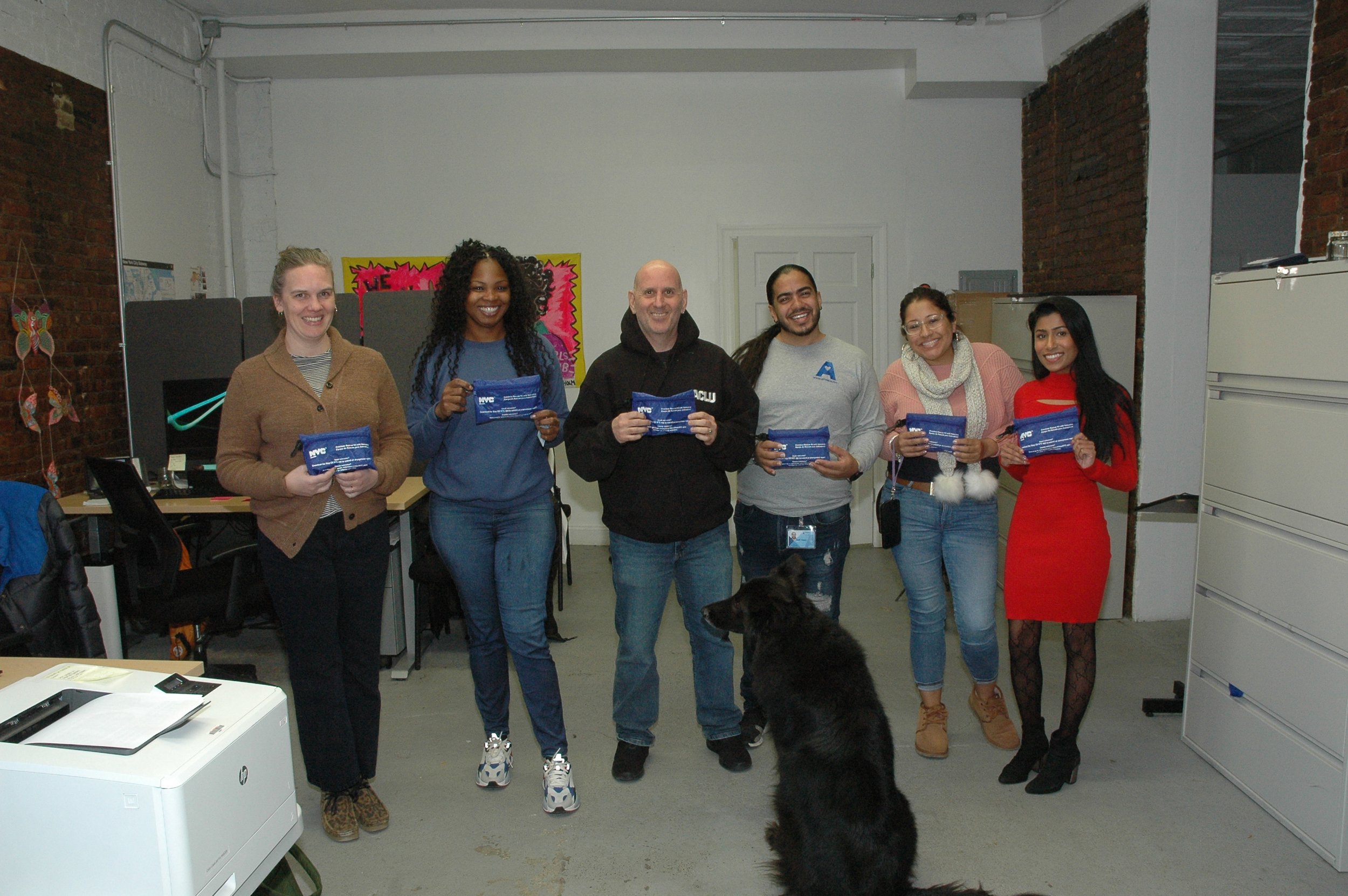
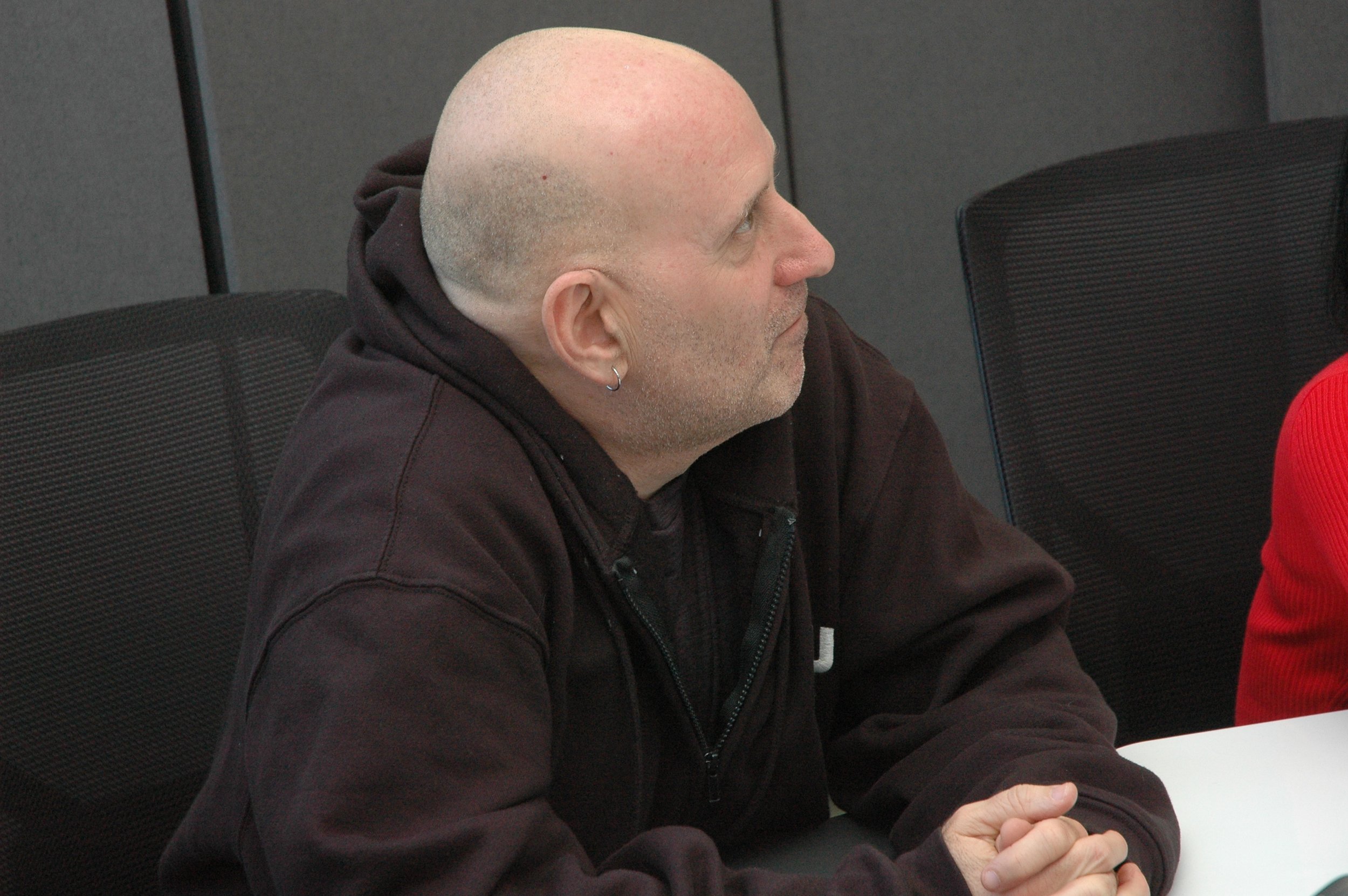
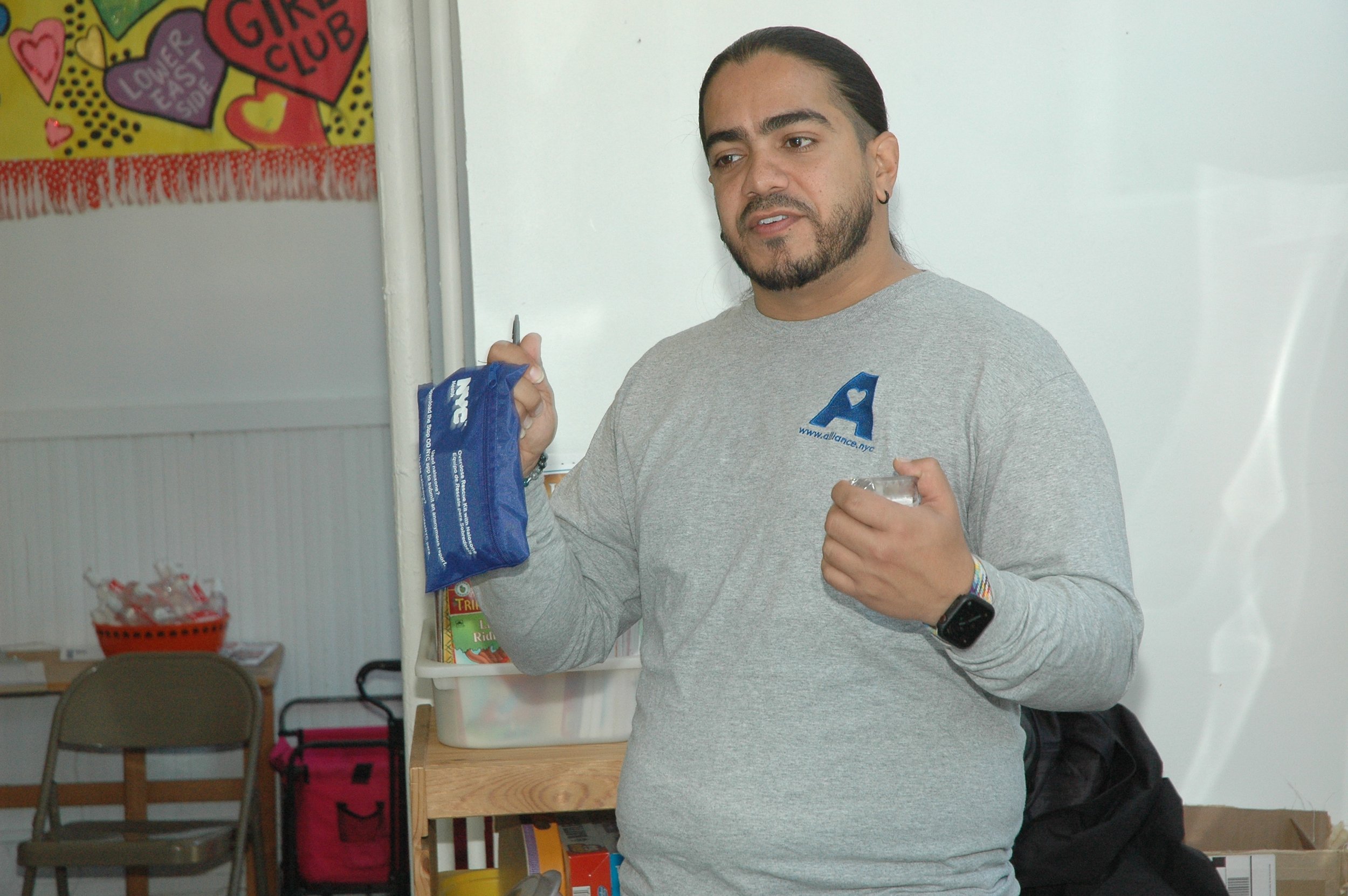
The NYC Department of Health & Mental Hygiene reports that in the first two quarters of 2021, there were 1,233 overdose deaths in New York City, compared to 965 overdose deaths during the same period in 2020. COVID, combined with the rising prevalence of fentanyl, led to over 100,000 Americans losing their lives to drug overdoses from May 2020 to April 2021, up almost 30% from the previous year. We must give all New Yorkers the tools to protect against overdose.
“We are proud to partner with Assembly Member Harvey Epstein’s office to promote the health and safety of New Yorkers,” says Alliance for Positive Change Chief Program Officer of Prevention Services Ramona Cummings. “New York City is facing the same overdose crisis as many regions across our country, and we thank the Assembly Member and his staff for recognizing the need to gain the skills to prevent unnecessary deaths. We must work together to end this crisis.”
“The most complex public health challenges require all of us to play a part. We know a harm reduction model is very effective when it comes to preventing overdose deaths due to opioid use and knowing how to administer Narcan is a critical tool. We’re lucky to have organizations like Alliance for Positive Change doing the important work of keeping our communities safe through education and connections to services that address the root causes of public health crises. I want to thank them for their leadership and for training our staff,” said Assemblymember Harvey Epstein.
Founded more than 30 years ago amid the height of the AIDS epidemic, Alliance is a leading multiservice organization that provides low-income New Yorkers living with HIV/AIDS and other chronic conditions with access to quality health care, housing, harm reduction, and job training. Alliance meets people where they are to access qualified healthcare, reduce risk, and explore harm reduction or recovery at their own pace. Alliance’s clinical interventions and supportive services include one-on-one counseling and coaching, education, and syringe exchange services.
About Alliance for Positive Change
Alliance for Positive Change is a leading multiservice organization that provides low-income New Yorkers living with HIV/AIDS and other chronic conditions with access to quality health care, housing, harm reduction, coaching, and renowned peer training and job placement programs that cultivate leadership and economic mobility. Alliance opened in 1991, at the height of the HIV crisis—a welcoming community of transformation and opportunity. Today, Alliance delivers on the promise of Positive Change with services and resources that equip people to navigate systemic inequities and achieve health and well-being. Learn about all the ways we inspire Positive Change at www.alliance.nyc

